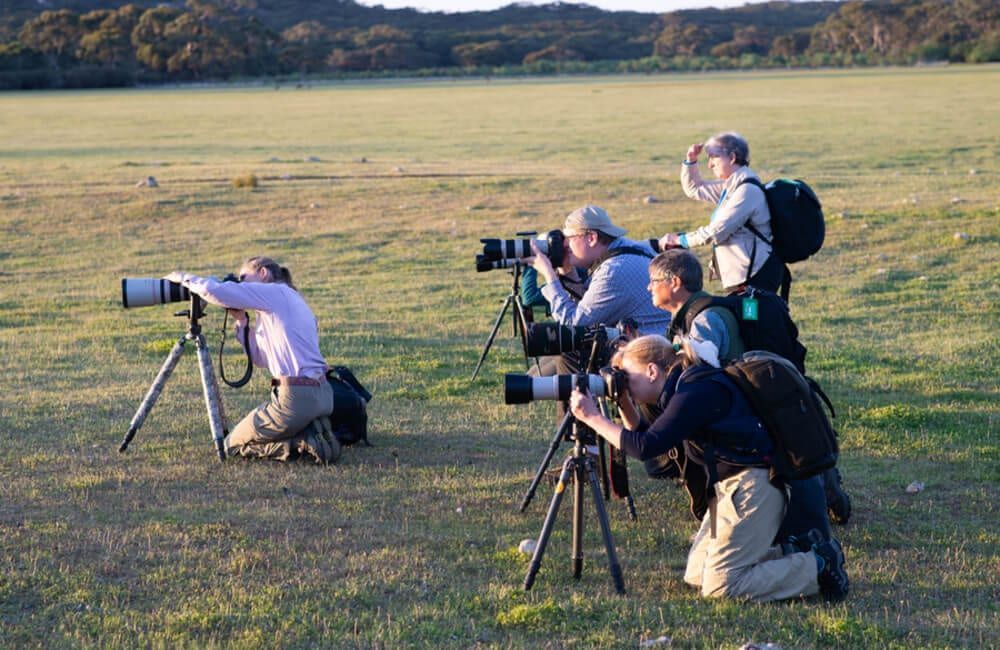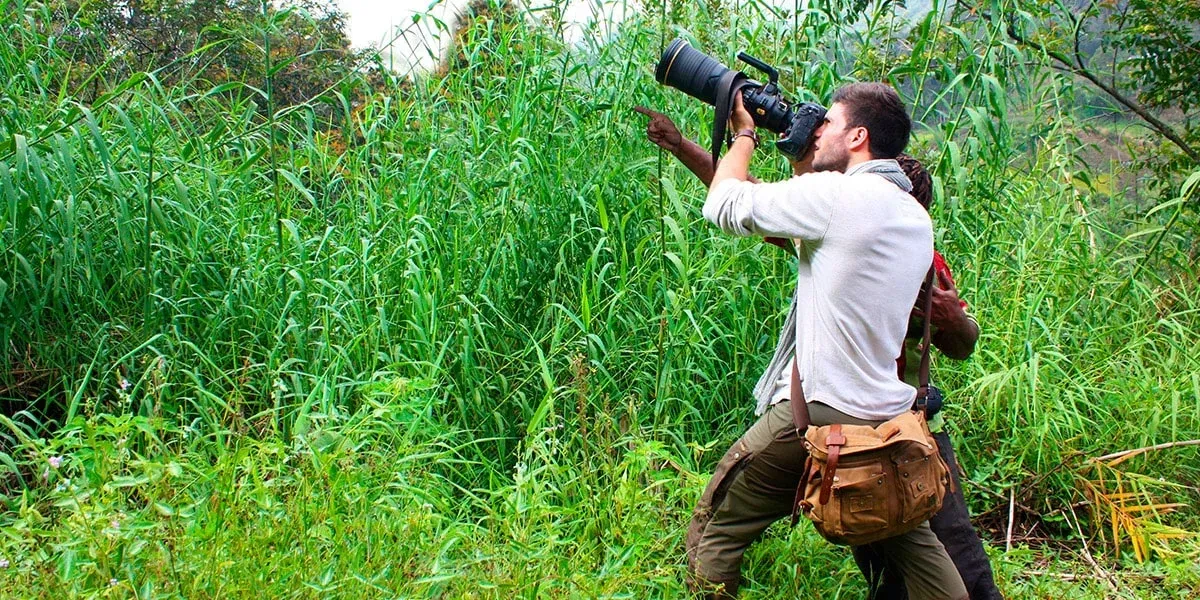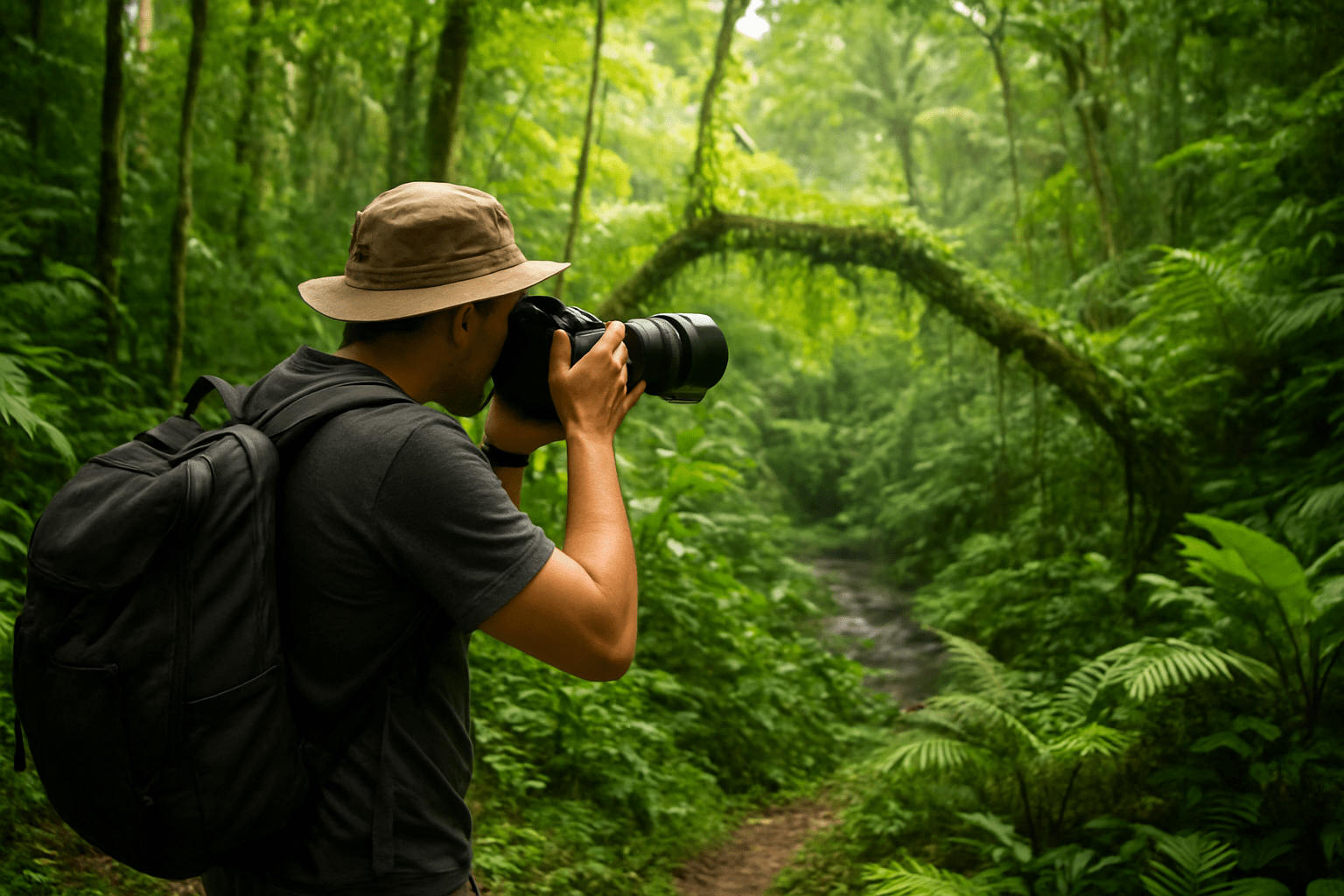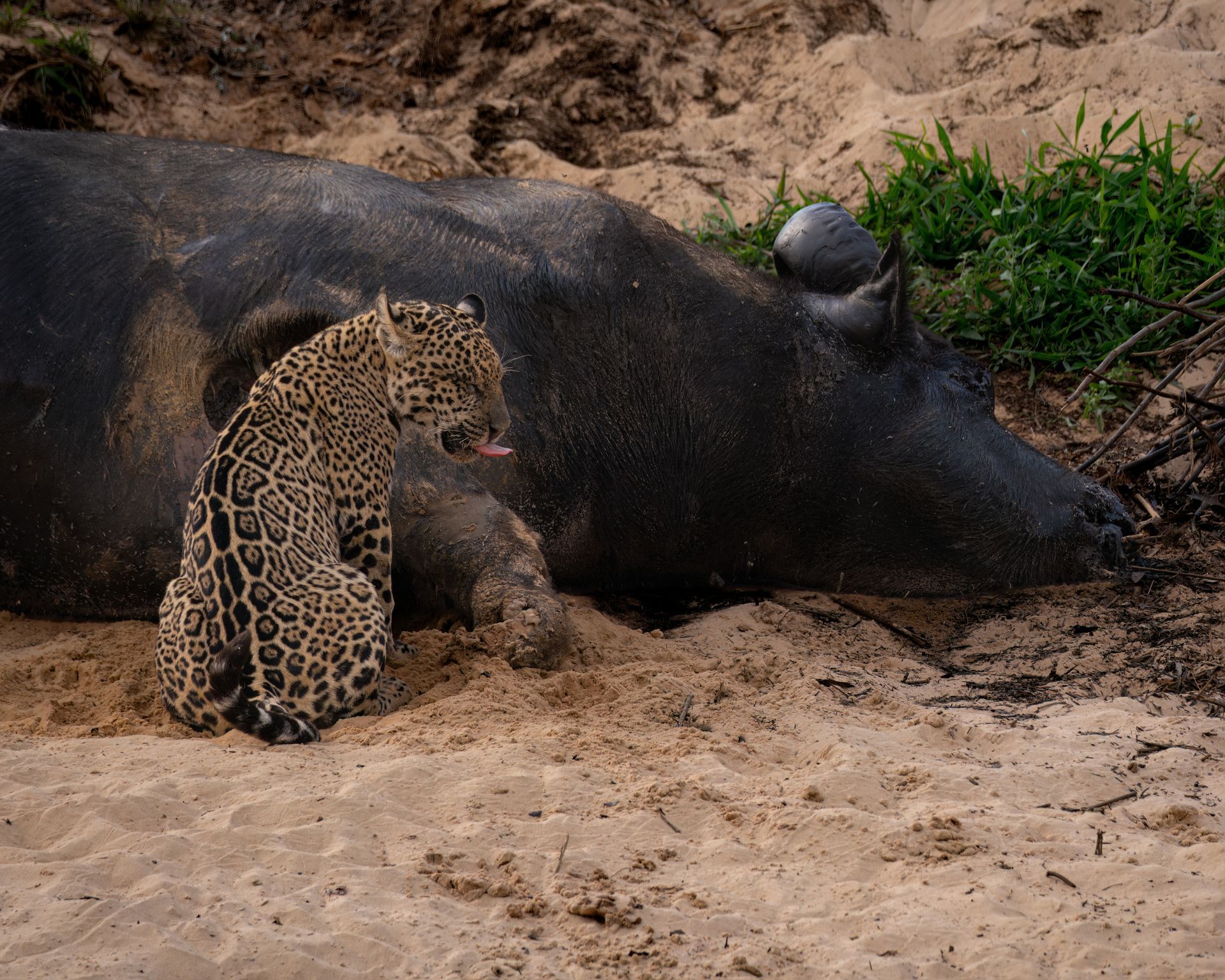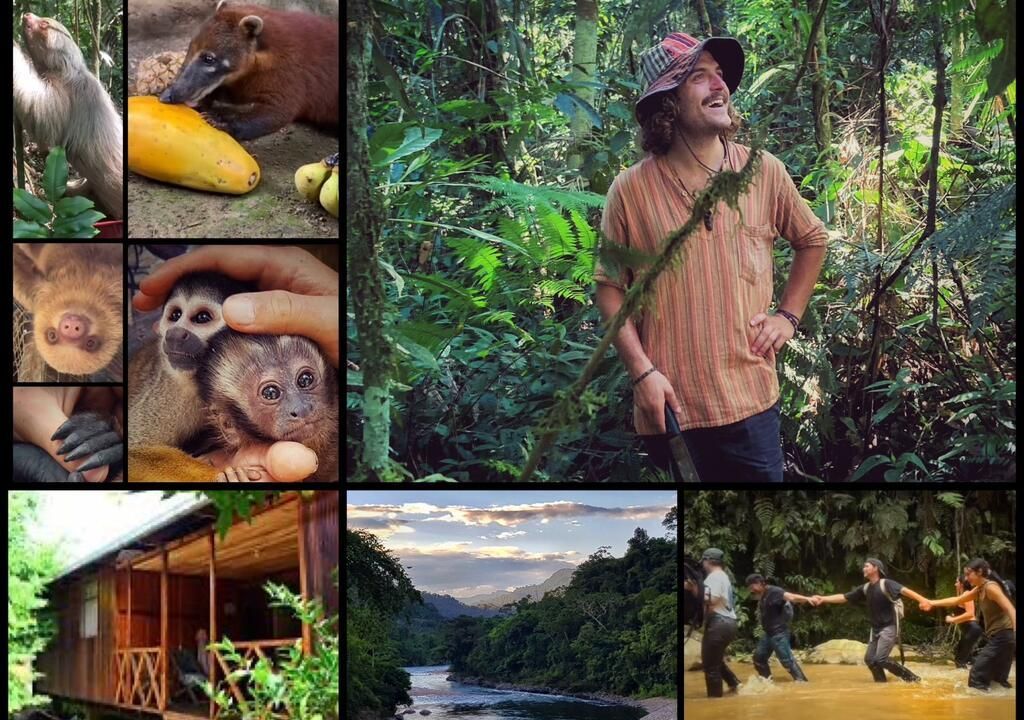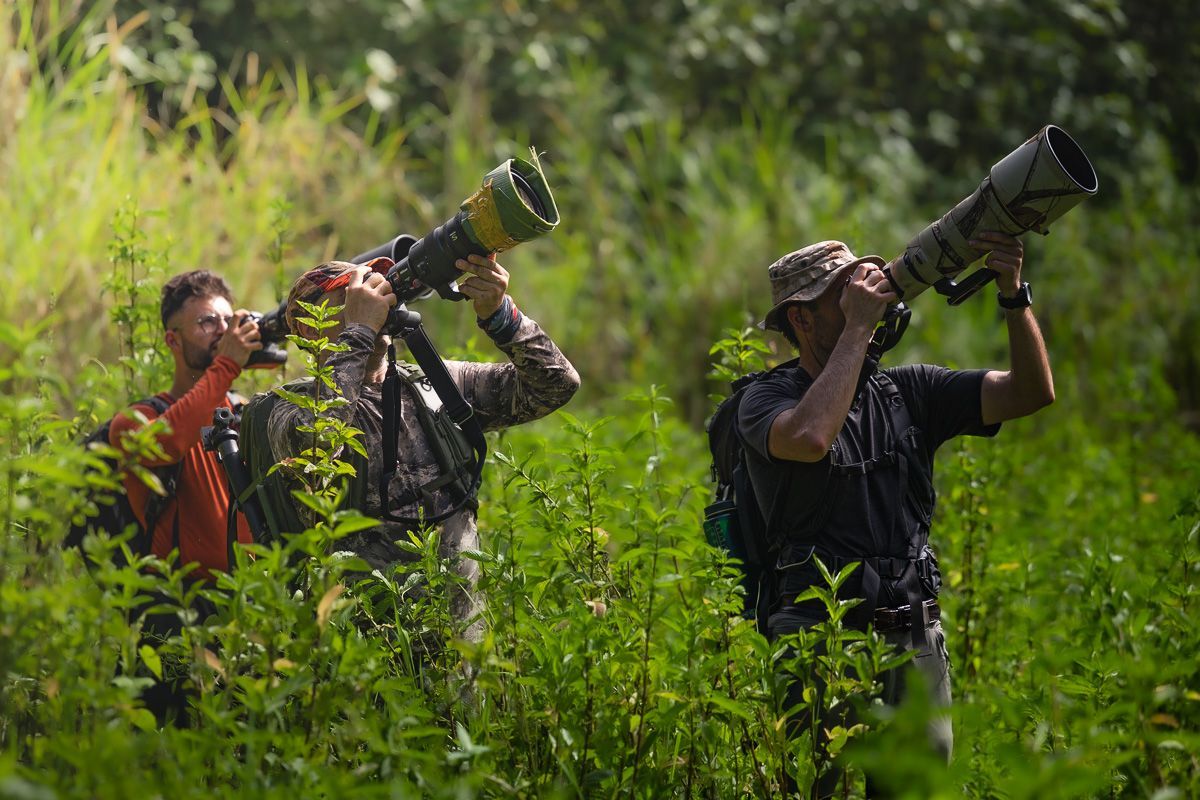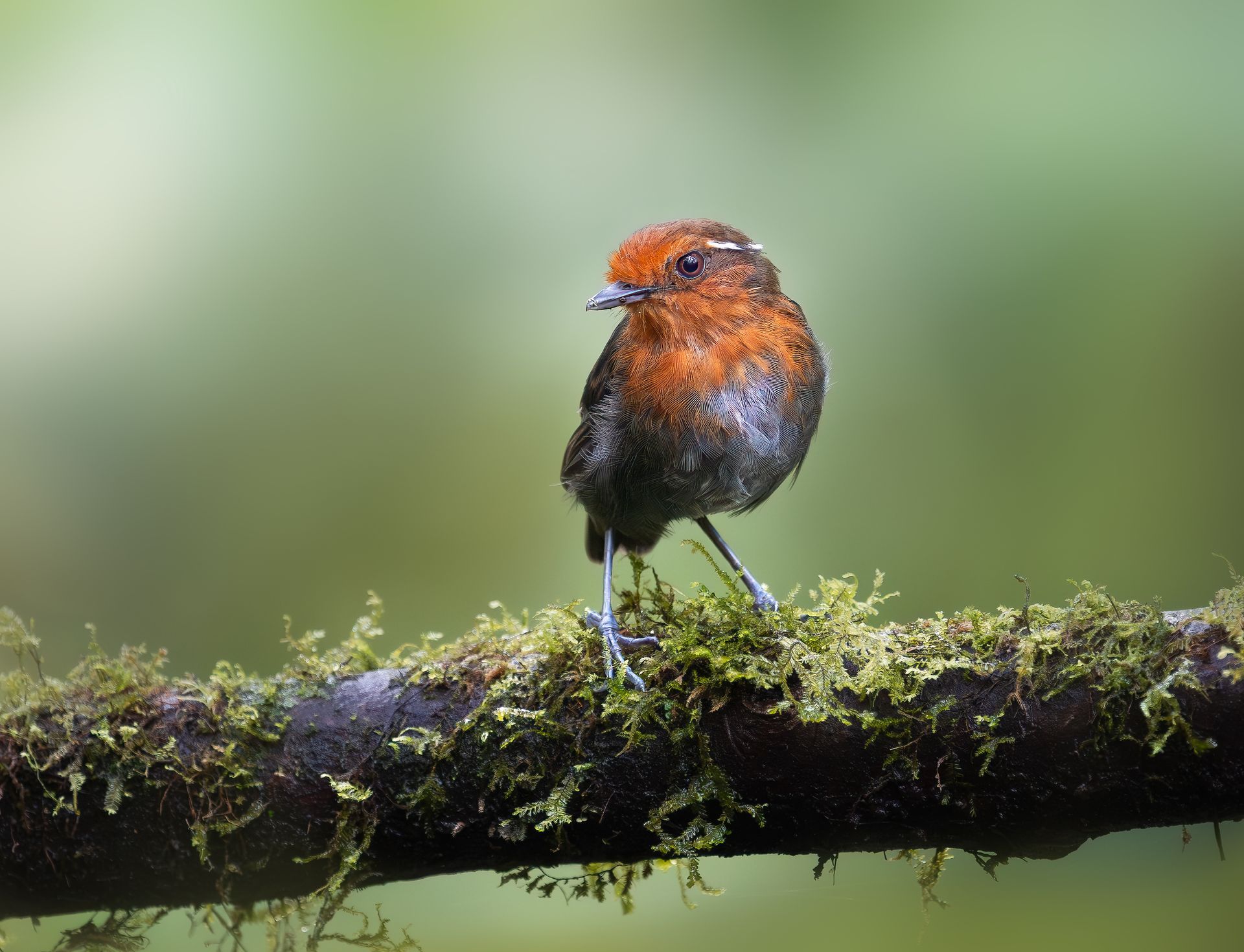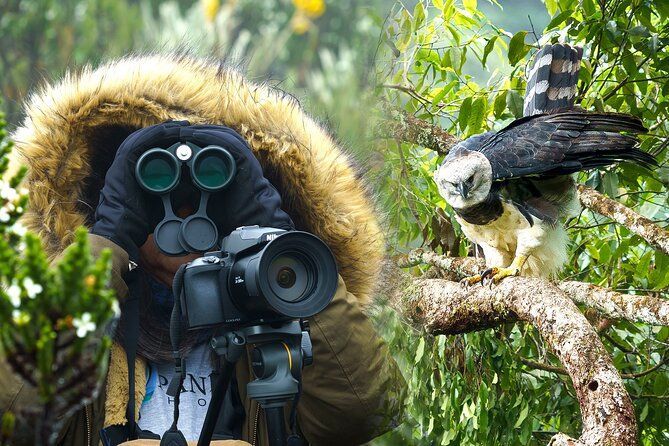Top Tips for Wildlife Photography in Colombian National Parks
Colombia, a country of striking biodiversity and awe-inspiring landscapes, is a dream destination for wildlife photographers. With more bird species than any other country on Earth (over 1,950 recorded), plus a wealth of mammals, amphibians, and insects across its varied ecosystems, Colombia's national parks are natural studios waiting to be explored. Whether you're a seasoned photographer or just beginning your journey, capturing the wild beauty of this country is both an art and an adventure.
From the misty mountains of the Andes to the steamy Amazon basin and the remote plains of the Llanos, each Colombian national park has a unique story—and unique challenges—for photographers. To help you make the most of your photo tours in Colombia, we've put together this comprehensive guide full of practical, field-tested tips.
1. Know Your Subject and Environment
Before setting foot in any park, research is essential. Colombia’s national parks—like Chingaza, Tayrona, Serranía de Chiribiquete, and Los Nevados—vary significantly in climate, altitude, and species. For example:
- Chingaza National Park, near Bogotá, is known for high-altitude páramo landscapes and the elusive Spectacled Bear.
- Tayrona National Park, on the Caribbean coast, offers coastal jungle wildlife like Howler Monkeys and Blue Morpho Butterflies.
- Chiribiquete, a remote and protected UNESCO site, hosts jaguars, tapirs, and unique endemic birds.
Knowing what species you’re likely to encounter will help you select the right gear, anticipate behavior, and plan your approach.
Pro tip: Apps like Merlin Bird ID and iNaturalist can help you identify species in real-time and log sightings.
2. Gear Up for Versatility
When photographing wildlife in Colombia, your gear needs to handle:
- Humidity and rain in rainforests
- Dust and sun in savannahs
- Thin air and cold in the high Andes
At a minimum, your kit should include:
- DSLR or mirrorless camera with fast autofocus
- Telephoto lens (300mm or more recommended)
- Wide-angle lens for landscapes and habitat shots
- Tripod or monopod for low-light stability
- Dry bags or waterproof covers
- Extra batteries and memory cards
For bird photography, a 400mm lens (with crop sensor or extender) gives great reach while remaining manageable in dense forest.
3. Use Light to Your Advantage
In tropical environments, natural light can be intense and fleeting. Midday sun may cause harsh shadows, while the golden hours—early morning and late afternoon—offer soft, diffused light ideal for photography.
In the rainforest, canopy cover often reduces light levels, so using a higher ISO or faster lenses (f/2.8, f/4) is important.
Tips for better lighting:
- Shoot in early morning when animals are active.
- Use backlighting to highlight feathers or fur.
- Avoid using flash on wildlife—it's disruptive and often prohibited in protected areas.
4. Stay Silent and Patient
Wildlife photography is as much about patience as it is about technique. Animals in Colombian parks are often shy and well-camouflaged. Being quiet and still—sometimes for long periods—is the only way to get close.
Tips for stealth:
- Wear earth-toned clothing to blend in.
- Avoid strong scents or deodorants.
- Approach slowly, using trees or terrain as cover.
- Stop frequently and scan with binoculars before moving.
It may take hours to get a single shot of a Spectacled Bear, Cock-of-the-Rock, or a rare hummingbird—but the reward is worth it.
5. Work With Local Guides
Hiring a local guide or joining a photo tour is one of the smartest investments for wildlife photographers in Colombia. Local experts:
- Know where species are most likely to appear
- Understand animal behavior and calls
- Can help with safety in remote terrain
- Often assist with spotting and even lighting
At Retorno Photo Tours, our expert guides are not only professional photographers but also biologists and conservationists. They help maximize your photographic opportunities while minimizing your impact on the environment.
6. Master the Art of Composition
Wildlife photography isn’t just about zooming in—it’s about storytelling. Use composition to create context, emotion, and drama.
Try these techniques:
- Rule of thirds: Place the subject off-center for balance.
- Leading lines: Use branches, trails, or rivers to direct the viewer’s eye.
- Include the environment: A bird in a unique flower or a monkey in misty jungle adds narrative.
- Eye contact and behavior: Moments of interaction—like feeding, flight, or parenting—make powerful images.
7. Respect Nature and Local Communities
Colombia’s biodiversity is fragile. Always follow ethical wildlife photography principles:
- Never bait or chase animals.
- Don’t approach nests or dens.
- Stick to marked trails.
- Avoid damaging vegetation or disturbing local people.
Many national parks in Colombia are also home to Indigenous or rural communities. Respect their customs, ask permission for portraits, and support local guides or services whenever possible.
8. Weatherproof Yourself and Your Gear
From hot jungles to freezing páramos, Colombia’s national parks demand preparation. Always check weather forecasts and pack accordingly:
- Waterproof boots
- Quick-dry clothing
- Sun protection (hat, glasses, SPF)
- Insect repellent
- Rain gear
For gear, silica packs in your camera bag help combat condensation. After humid sessions, store your equipment in a dry bag with desiccant to prevent lens fungus or sensor damage.
9. Backup and Organize Your Photos
You may be days from the nearest town or internet, so it’s crucial to safely store your photos on the go:
- Bring multiple SD cards and label them.
- Use a portable SSD or backup drive.
- If possible, upload to the cloud when Wi-Fi is available.
At the end of each day, sort your images by location and species. This makes post-processing and sharing easier later on.
10. Embrace the Unexpected
Wildlife photography is unpredictable—that’s part of the thrill. The bird you traveled 5,000 miles to see might not show, but you could spot something equally breathtaking.
Colombia's parks often surprise photographers with spontaneous scenes: a troop of Capuchin monkeys swinging above, a hummingbird hovering mid-flight, or a sudden condor drifting over a canyon.
Being open to serendipity makes your experience richer—and your images more diverse.
Final Thoughts
Wildlife photography in Colombia is an unforgettable experience. The country’s rich biodiversity, passionate local experts, and stunning landscapes offer unmatched opportunities for breathtaking photography. But success takes preparation, patience, and a deep respect for nature.
Whether you're photographing the brilliant feathers of a tanager or the watchful gaze of a jungle cat, Colombia will challenge and inspire you with every click.
If you're ready to elevate your wildlife photography and experience Colombia's wild heart, consider joining one of our expert-led photo expeditions. At Retorno Photo Tours, we combine passion for wildlife with deep local knowledge to offer you the most authentic, respectful, and rewarding photography experiences in Colombia’s national parks.
Ready to capture Colombia’s wild beauty?
📅 Check our
upcoming tours or contact us for a private itinerary tailored to your photography goals.



